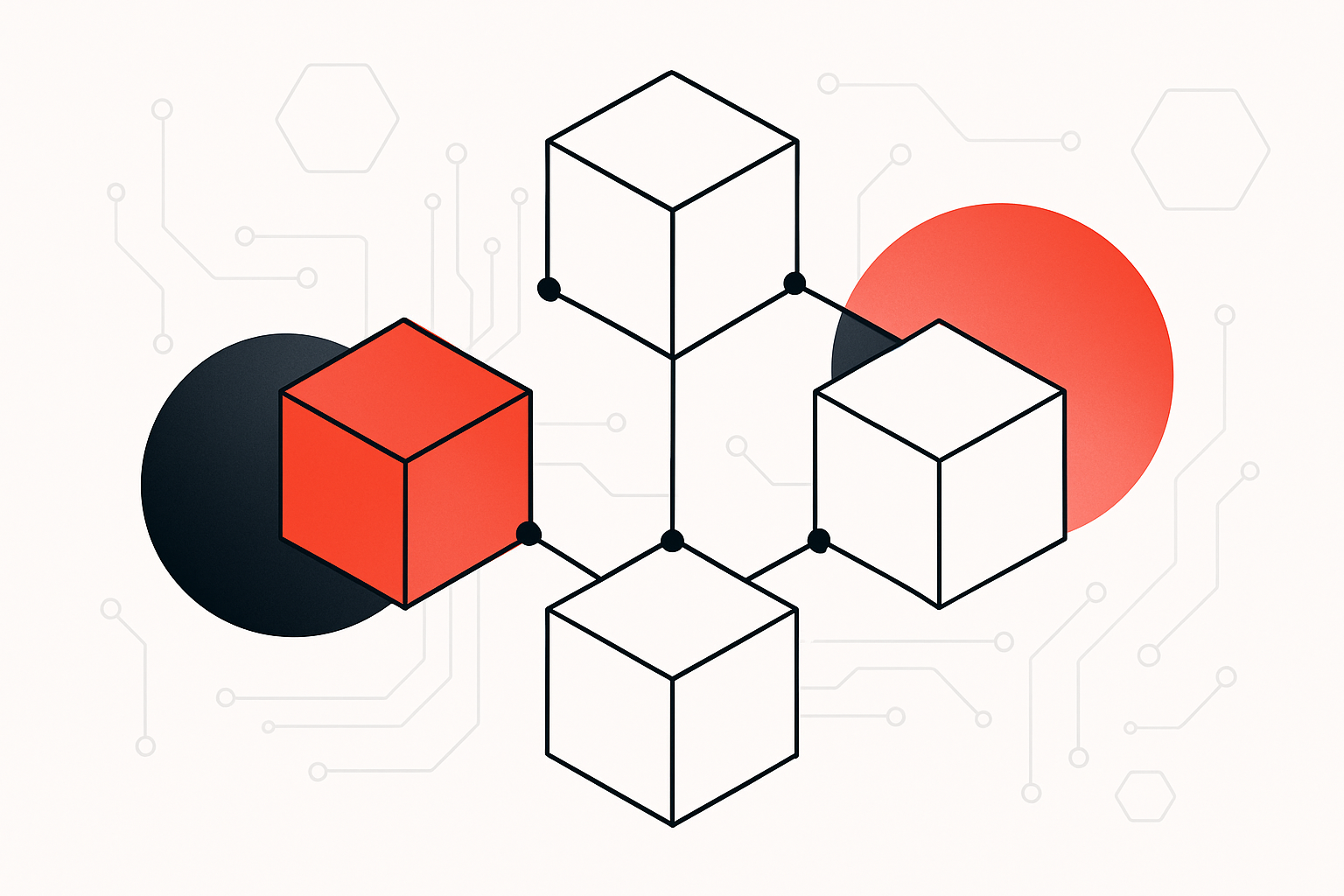
Ethereum’s rollup-centric roadmap has unlocked a new era of scalability, but with it comes a persistent challenge: rollup fragmentation. As dozens of rollups proliferate, each with their own sequencers and data silos, users and developers face a fractured landscape where liquidity is fragmented and cross-chain composability is slow or risky. Espresso Systems is emerging as one of the most ambitious projects dedicated to solving this fragmentation, aiming to knit disparate rollups into a unified superchain that feels as seamless as using a single blockchain.

Why Rollup Fragmentation Matters
The rapid growth in layer-2 (L2) solutions has improved transaction throughput and reduced costs on Ethereum. However, each L2 typically operates with its own sequencer – the component responsible for ordering transactions. This isolation leads to several pain points:
- Liquidity Fragmentation: Assets and liquidity pools are scattered across chains, making capital less efficient.
- Poor User Experience: Bridging assets between rollups introduces latency and risk.
- Composability Barriers: DeFi protocols can’t easily interact across rollups without slow or expensive bridges.
- Censorship Risks: Centralized sequencers are vulnerable to censorship and downtime.
This fragmentation not only slows innovation but also threatens Ethereum’s vision of a truly modular, interoperable ecosystem. The superchain thesis posits that the future lies in unifying these L2s under shared infrastructure – exactly the direction Espresso is taking.
The Espresso Solution: Shared Sequencing for Modular Blockchains
Espresso Systems introduces a decentralized sequencing layer purpose-built for rollups. By acting as a neutral coordinator, Espresso enables multiple L2s to share the same sequencing infrastructure while still maintaining their own execution environments. This approach delivers several key benefits:
- Fast Finality: Leveraging decentralized BFT consensus, Espresso provides sub-six-second transaction confirmations across connected chains (source).
- Censorship Resistance: Decentralized sequencing eliminates single points of failure and centralization risks.
- Synchronous Cross-Rollup Communication: Rollups can coordinate interdependent blocks before settlement on Ethereum, vastly improving composability.
- MEV Mitigation: Through innovations like Timeboost (developed with Offchain Labs), Espresso employs sealed-bid auctions to reduce harmful MEV extraction while supporting efficient markets for backrunning opportunities.
The result is a coordination layer where new chains can launch interoperable from day one, working together instead of in isolation. As Ben Fisch, co-founder of Espresso Systems, puts it: “With Espresso, chains launching today can interoperate from day one, working together as a unified system rather than isolated fragments. ”
The AggLayer: Unifying Liquidity Across Rollups
A major milestone in Espresso’s journey is its collaboration with Polygon Labs on the Aggregation Layer (AggLayer). The AggLayer acts as an umbrella network that aggregates proofs from multiple rollups into a single validation process. Here’s how it works in practice:
- Proof Aggregation: Multiple rollup proofs are bundled together for efficient validation on Ethereum mainnet.
- Cohesive User Experience: Users interact with applications that span several L2s without needing to think about underlying chain boundaries.
- Simplified Liquidity Flows: Native assets move seamlessly between participating rollups without slow bridges or redundant wrapping/unwrapping procedures.
This architecture addresses one of DeFi’s biggest headaches: capital inefficiency caused by fragmented liquidity pools. By providing fast message passing and native asset bridging within the AggLayer framework – coordinated by the decentralized Espresso Sequencer – developers can build applications that leverage liquidity wherever it resides in the superchain network.
Tackling MEV and Fair Ordering With Timeboost
An essential feature for any shared sequencing solution is how it handles Miner Extractable Value (MEV) – profits extracted by manipulating transaction ordering. In partnership with Offchain Labs (the team behind Arbitrum), Espresso has integrated Timeboost into its sequencing design. Timeboost uses sealed-bid priority gas auctions to fairly allocate blockspace while minimizing frontrunning risk. This policy empowers individual chains to internalize certain forms of MEV (like backrunning) while protecting users from predatory behaviors common in less sophisticated order flow models.
Espresso’s sequencing innovations don’t stop at fair ordering. The project is also prioritizing decentralization and credibly neutral infrastructure as it expands its partnerships beyond Ethereum’s L2s. Notably, Espresso Systems is working with Injective to bring decentralized sequencing to the Inter-Blockchain Communication (IBC) ecosystem, starting with Cascade, an interchain Solana SVM rollup. This move underscores Espresso’s ambition to be the backbone for not just Ethereum rollups but a broader universe of modular blockchains seeking unified coordination and composability.
The Road to a Unified Superchain: Espresso in Action
The vision of a unified superchain, where users and developers experience the benefits of a single, global state across many rollups, hinges on robust interoperability and shared infrastructure. Espresso’s approach directly addresses these needs by:
- Providing a shared sequencing layer: All participating rollups tap into the same decentralized sequencer set, enabling synchronous communication and atomic cross-rollup transactions.
- Enabling native asset bridging: Through the AggLayer, liquidity no longer needs to be fragmented or trapped behind slow bridges; assets flow natively and securely between chains.
- Pioneering modular architecture: Rollups retain their own execution logic while benefiting from shared consensus and ordering, maximizing both sovereignty and composability.
This architecture has profound implications for DeFi protocols, NFT platforms, and any application that relies on fast, trustless interaction across multiple blockchains. Instead of being forced to choose one chain or manage complex bridging logistics, developers can focus on building experiences that span the entire superchain network.
Espresso’s Ecosystem Momentum: Partnerships Driving Adoption
The rapid pace of integration with major projects like Polygon Labs (AggLayer), Offchain Labs (Timeboost), and Injective signals growing momentum behind Espresso’s coordination layer thesis. Each partnership expands the reach, and network effects, of the unified superchain model. As more rollups opt in to shared sequencing, the value proposition compounds: liquidity deepens, composability improves, and users benefit from lower costs and greater security.
The collaboration with Offchain Labs is particularly noteworthy for its focus on fair transaction ordering, a pain point that has plagued DeFi since its inception. By internalizing MEV markets through sealed-bid auctions, Espresso not only protects users but also creates new revenue streams for participating chains without introducing central points of failure or opaque intermediaries.
What Comes Next? Scaling Toward a Composable Future
The superchain era is still taking shape, but it’s clear that solutions like those pioneered by Espresso Systems are setting new standards for how modular blockchains will interoperate. As more L2s join the AggLayer and adopt decentralized sequencing via Espresso, expect to see:
- Smoother user experiences, where dApps can seamlessly access liquidity across many chains in real time.
- Accelerated DeFi innovation, as protocols leverage cross-rollup composability without technical or capital friction.
- A more secure ecosystem, thanks to censorship-resistant infrastructure and advanced MEV mitigation strategies like Timeboost.
This trajectory aligns closely with Ethereum’s long-term vision, a world where scalability does not come at the expense of decentralization or user sovereignty. The work by Espresso Systems demonstrates that rollup fragmentation is not an insurmountable problem but rather an engineering challenge being actively solved by collaborative efforts across the ecosystem.
If you’re interested in technical details or want to follow further developments around shared sequencing and data availability in modular blockchains, explore our deep dive here: How Espresso Systems Is Solving Rollup Fragmentation With Shared Sequencing And Data Availability.





